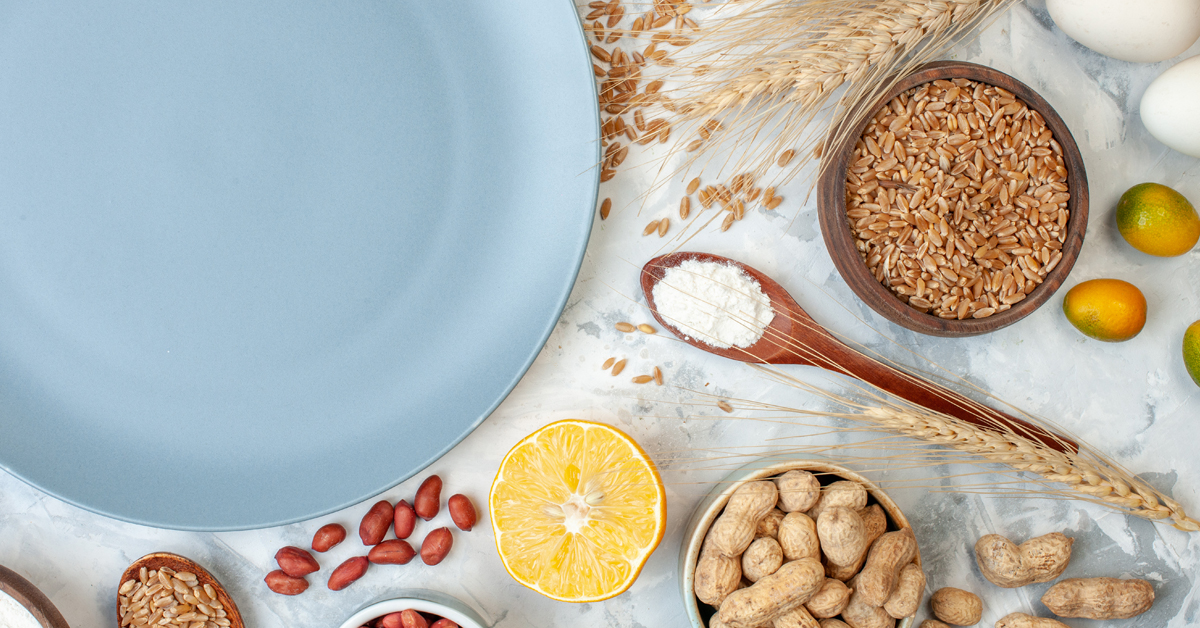Grains are an essential part of a balanced diet, providing vital nutrients and energy to fuel your day. Whether you’re aiming for weight management, better digestion, or overall health improvement, incorporating grains into your meals is crucial. However, with the variety of grains available, it’s easy to feel overwhelmed. This article offers ten practical tips to help you make the most of grains in your diet, ensuring a nutritious and delicious eating experience.
- Diversify Your Grain Selection: Expand your palate by exploring different types of grains such as quinoa, brown rice, barley, oats, and whole wheat. Each grain brings its unique flavor, texture, and nutritional profile to the table. Experiment with a variety of grains to keep your meals exciting and nutrient-rich.
- Choose Whole Grains: Opt for whole grains over refined grains whenever possible. Whole grains contain the entire grain kernel, including the bran, germ, and endosperm, providing essential nutrients like fiber, vitamins, and minerals. Incorporating whole grains into your diet supports digestive health, helps regulate blood sugar levels, and reduces the risk of chronic diseases.
- Read Labels Carefully: When purchasing grain products like bread, pasta, and cereal, read the ingredient list carefully. Look for products that list whole grains as the first ingredient and avoid those with added sugars, preservatives, or artificial additives. Choosing products with minimal processing ensures you’re getting the most nutritional value out of your grains.
- Practice Portion Control: While grains are nutritious, it’s essential to consume them in appropriate portions. Be mindful of serving sizes to avoid overeating, especially if you’re watching your calorie intake. Incorporate grains into balanced meals alongside vegetables, proteins, and healthy fats to create satisfying and nourishing dishes.
- Incorporate Grains into Every Meal: Make grains a staple in your daily meals by incorporating them into breakfast, lunch, and dinner. Enjoy oatmeal topped with fruits and nuts for breakfast, a quinoa salad for lunch, and whole grain pasta with vegetables for dinner. Adding grains to each meal ensures you’re getting a variety of nutrients throughout the day.
- Get Creative with Cooking Methods: Experiment with different cooking methods to enhance the flavor and texture of grains. Try steaming, boiling, baking, or sautéing grains to discover new culinary possibilities. Toasting grains before cooking can also add a nutty flavor and improve their texture, making them more enjoyable to eat.
- Combine Grains with Protein: Boost the nutritional value of your meals by pairing grains with lean proteins such as chicken, fish, tofu, or beans. Combining grains with protein-rich foods creates a balanced meal that provides essential amino acids for muscle repair and growth. Incorporate grain and protein combinations into stir-fries, salads, soups, and casseroles for a satisfying and wholesome meal.
- Add Flavor with Herbs and Spices: Enhance the taste of grains by adding herbs, spices, and seasonings to your dishes. Experiment with combinations like garlic and thyme, curry and turmeric, or basil and lemon zest to create flavorful meals that tantalize your taste buds. Using herbs and spices not only adds depth to your dishes but also reduces the need for excess salt and unhealthy condiments.
- Prepare Grain-Based Snacks: Keep hunger at bay between meals by preparing grain-based snacks to munch on throughout the day. Snack on air-popped popcorn, whole grain crackers with hummus, or homemade granola bars made with oats and nuts. Healthy grain-based snacks provide sustained energy and help prevent overeating during main meals.
- Listen to Your Body: Pay attention to how your body responds to different grains and adjust your intake accordingly. Some individuals may have sensitivities or intolerances to certain grains, such as gluten-containing grains like wheat, barley, and rye. If you experience digestive discomfort or other adverse reactions, consider trying alternative grains or consulting with a healthcare professional for personalized dietary advice.
Conclusion: Incorporating grains into your diet doesn’t have to be daunting. By following these ten tips, you can enjoy the nutritional benefits and delicious flavors that grains have to offer. Remember to diversify your grain selection, choose whole grains, practice portion control, and get creative with cooking methods to make the most out of your meals. With a mindful approach to eating grains, you can nourish your body and embark on a journey towards a healthier lifestyle.
